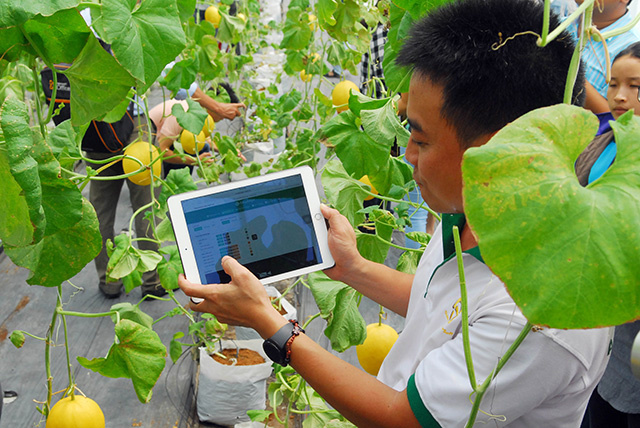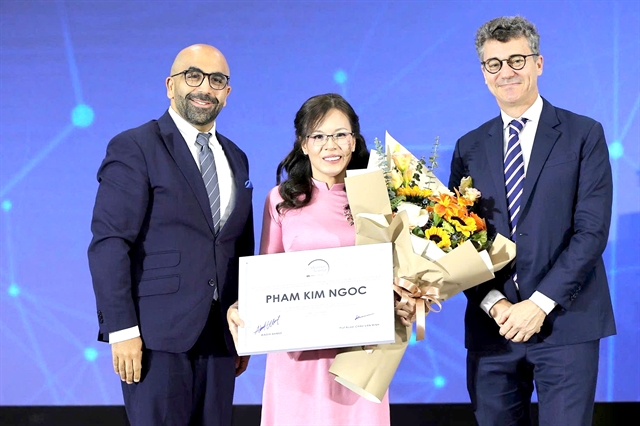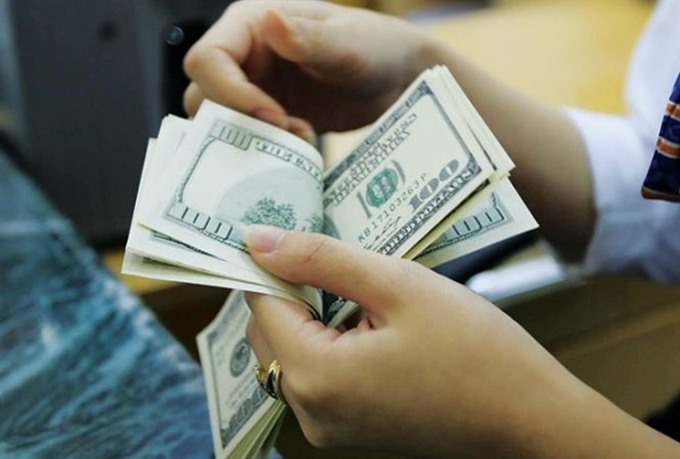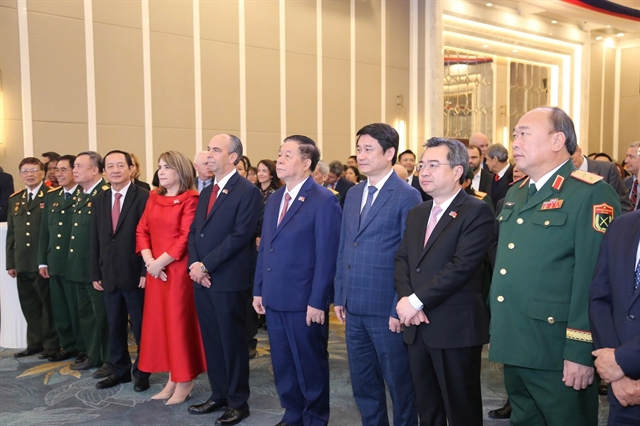 Economy
Economy

Việt Nam was expected to remain one of the top ten remittance receivers in 2018, according to the latest edition of the World Bank’s Migration and Development Brief released last weekend.
 |
| Việt Nam is expected to receive US$15.9 billion in remittances this year. — VNS File Photo |
HÀ NỘI — Việt Nam was expected to remain one of the top ten remittance receivers in 2018, according to the latest edition of the World Bank’s Migration and Development Brief released last weekend.
A sum of US$15.9 billion in remittances was projected to flow into Việt Nam for the full year, making the Southeast Asian countries the tenth largest remittance receiver — in dollar terms - in the world.
The top remittance-receiving countries were India ($75.9 billion), China ($64.7 billion), the Philippines ($33.7 billion), Mexico ($33.7 billion), Egypt ($25.7 billion) and Nigeria ($25.1 billion).
Financial and banking expert Nguyễn Trí Hiếu said that remittance flow into Việt Nam had stayed on an upward trend from the beginning of this year. This was mainly because Vietnamese people working abroad believed in the stability of the economy and saw better investment opportunities in the domestic market, he said.
Hiếu said that remittances to Việt Nam were largely used to invest in the real estate market, production and business.
“Remittances flowing into Việt Nam in 2018 will continue to rise,” Hiếu predicted.
Hiếu said the central bank keeping its zero interest for deposits in US dollars would encourage remittances into Việt Nam to be used for investment rather being kept in banks.
World Bank statistics showed that remittances into Việt Nam in 2017 reached a record high of $13.81 billion, an increase of 16 per cent over 2016.
In the East Asia and Pacific region, Việt Nam ranked third in terms of remittances after China and the Philippines.
Remittances to the region were projected to growth by 6.6 per cent in 2018 to $142 billion, 1.5 percentage points higher then the growth rate in 2017. In 2019 and 2020, growth of 4.2 per cent and 4.7 per cent were expected for the region.
The brief stressed that remittances to low- and middle-income countries had grown rapidly and were projected to reach a record in 2018.
Updates showed that officially recorded remittances to developing countries would increase by 10.8 per cent to reach $528 billion in 2018. This new record follows robust growth of 7.8 per cent in 2017.
Global remittances, which include high-income countries, were projected to grow by 10.3 per cent to $689 billion.
Remittance flows rose in all regions, most notably in Europe and Central Asia (20 per cent) and South Asia (13.5 per cent), followed by Sub-Saharan Africa (9.8 per cent), Latin America and the Caribbean (9.3 per cent), the Middle East and North Africa (9.1 per cent), and East Asia and the Pacific (6.6 per cent).
Growth was driven by a stronger economy and employment situation in the US and a rebound in outward flows from Gulf Co-operation Council countries and the Russian Federation.
For 2019, as global growth is projected to moderate, the bank forecast that future remittances to low- and middle-income countries would grow moderately by 4 per cent to reach $549 billion while global remittances would grow 3.7 per cent to $715 billion.
“The future growth of remittances is vulnerable to lower oil prices, restrictive migration policies, and an overall moderation of economic growth,” said Michal Rutkowski, Senior Director of the Social Protection and Jobs Global Practice at the World Bank.
The brief noted that the global average cost of sending $200 remained high at 6.9 per cent in the third quarter of 2018. “Even with technological advances, remittances fees remain too high, doubling the Sustainable Development Goal target of 3 percent. Opening up markets to competition and promoting the use of low-cost technologies will ease the burden on poorer customers,” said Mahmoud Mohieldin, Senior Vice President for the 2030 Development Agenda, United Nations Relations, and Partnerships at the Bank. — VNS


.jpg)

